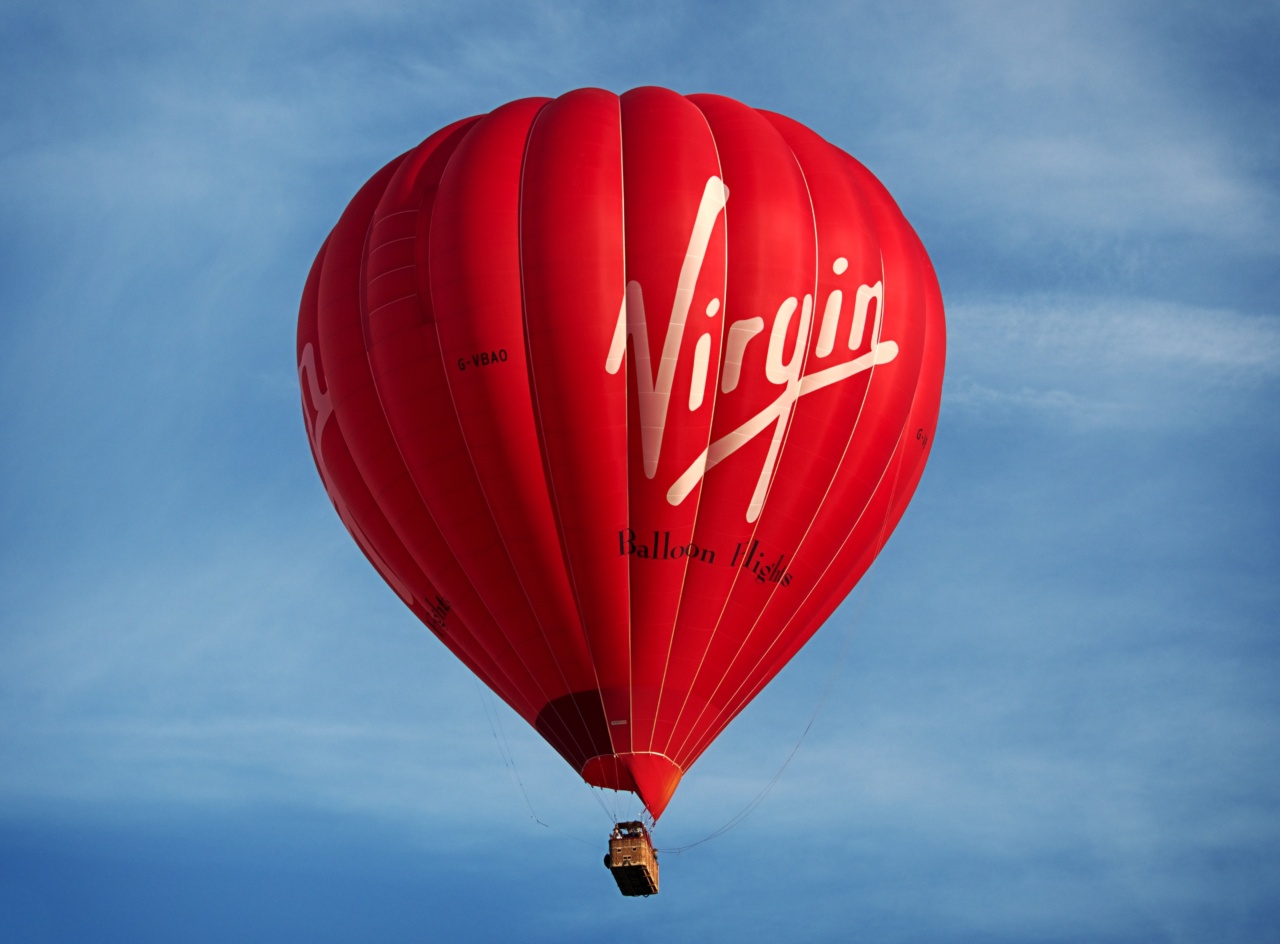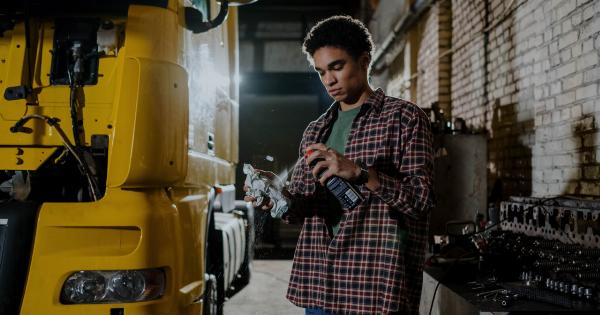The Virgin Hyperloop, a concept introduced by billionaire entrepreneur Sir Richard Branson, is a revolutionary mode of transportation that uses magnetic levitation technology to move passengers and cargo in pods through vacuum-sealed tubes at speeds of up to 670 miles per hour.
The Problem
Despite the promise of faster, safer, and more efficient travel, the development of the Virgin Hyperloop has faced several challenges.
Virgin Hyperloop’s Struggle
The Virgin Hyperloop has struggled to overcome the regulatory and technical hurdles required to make it a reality.
The system requires a complex infrastructure of tubes, stations, and vehicles that would be expensive to build and maintain, as well as potentially disruptive to existing transportation systems and communities.
The Importance of Virgin Hyperloop
Despite these challenges, the Virgin Hyperloop represents a significant opportunity for innovation and progress in the transportation sector.
It has the potential to revolutionize long-distance travel, reduce congestion on roads and in airports, and significantly reduce carbon emissions and the environmental impact of transportation.
Virgin Hyperloop Regeneration Technique
With these benefits in mind, it is important to explore whether it is possible to regenerate the Virgin Hyperloop and overcome the challenges that have hindered its development.
Regulating Virgin Hyperloop
One of the greatest challenges facing the Virgin Hyperloop is regulation. The system is currently not recognized by any regulatory agencies, which makes it difficult to secure funding and gain public support.
Solutions to Regulation
However, efforts are underway to address this challenge. In 2020, the U.S.
Department of Transportation launched the Non-Traditional and Emerging Transportation Technology (NETT) Council, which aims to create a framework for the certification and regulation of new forms of transportation like the Virgin Hyperloop.
Overcoming Technical Hurdles
Another challenge facing the Virgin Hyperloop is technical feasibility. The system requires a highly complex infrastructure of tubes, stations, and vehicles, as well as advanced magnetic levitation and propulsion technology.
Technological Advancements
Fortunately, advancements in technology are making it easier to overcome these technical hurdles.
For example, the development of high-strength and lightweight materials like carbon fiber and composites is making it easier to construct the infrastructure needed to support the Virgin Hyperloop.
Final Thoughts
Overall, the regeneration of the Virgin Hyperloop is possible, but it will require significant investment, innovation, and regulatory and technical support.
However, the potential benefits of the system are too great to ignore, and with the right approach, it could revolutionize transportation and create a more sustainable future.


























